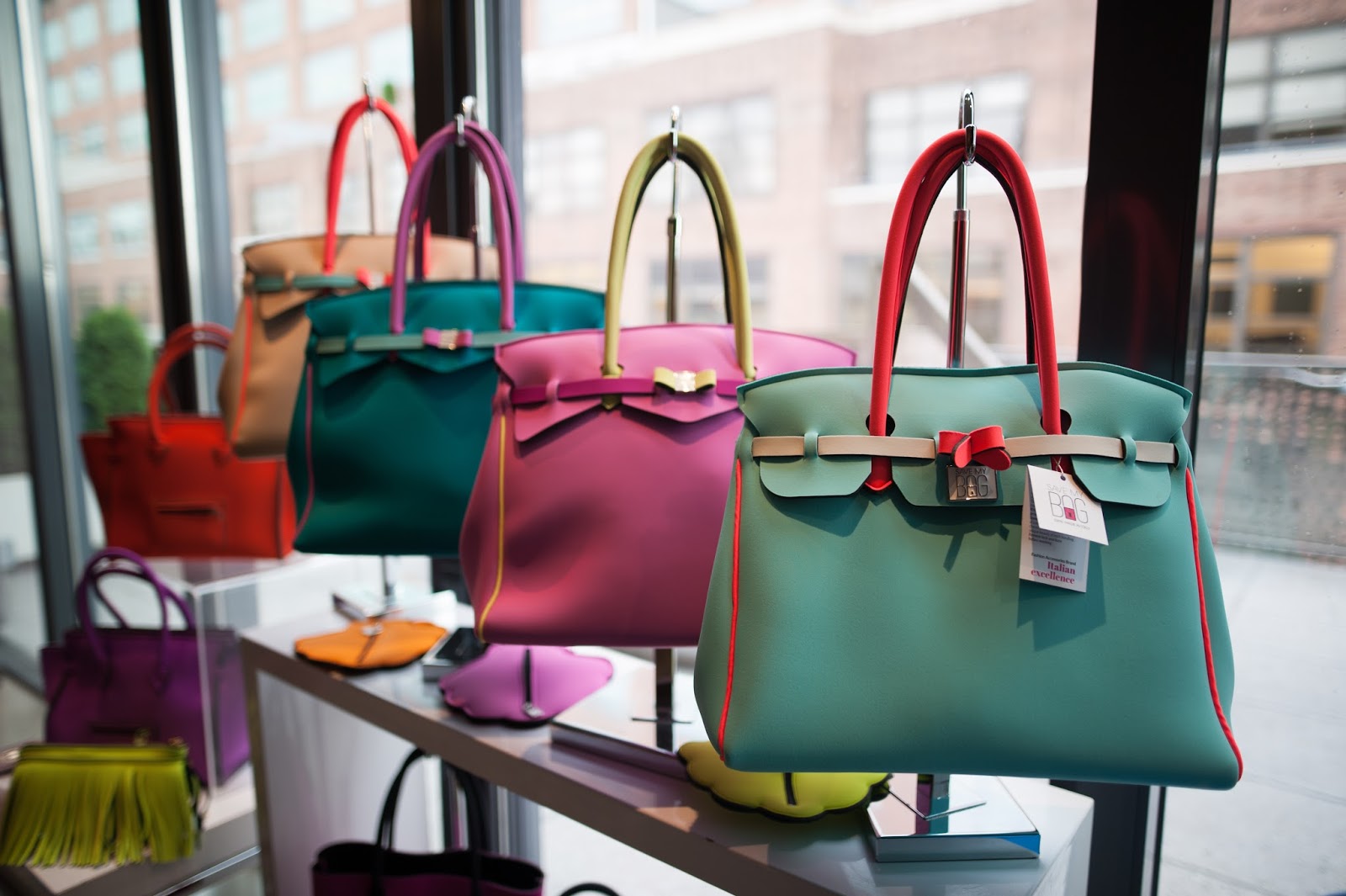In a world where consumerism reigns supreme, the call to "save the bag" has emerged as a powerful rallying cry for eco-conscious individuals and brands alike. This movement emphasizes the importance of reducing waste and promoting sustainability within the fashion industry, particularly regarding the use of plastic bags. As more people become aware of the environmental impact of their choices, the urgency to save the bag has never been more pronounced. The fashion industry, notorious for its fast-paced production cycles and relentless desire for new trends, has faced increased scrutiny over its contributions to pollution and waste. By encouraging consumers to save the bag, advocates aim to shift the narrative and promote more responsible shopping habits.
The phrase "save the bag" extends beyond mere words; it embodies a lifestyle choice. It calls upon consumers to rethink their shopping habits and make conscious decisions that benefit the planet. From opting for reusable bags to supporting brands that prioritize sustainability, the movement encourages everyone to play their part in reducing plastic waste. As the demand for environmentally friendly practices grows, the fashion industry is beginning to take notice, paving the way for innovative solutions and a more sustainable future.
Ultimately, the call to save the bag is about more than just fashion; it is a broader movement towards environmental stewardship and social responsibility. By embracing this philosophy, individuals can contribute to a healthier planet while simultaneously advocating for change within the industry. As we delve deeper into the "save the bag" movement, we will explore its origins, impact, and the steps we can all take to make a difference.
What is the Origin of the "Save the Bag" Movement?
The "save the bag" movement is rooted in the growing awareness of environmental issues, particularly those associated with plastic waste. As single-use plastics became ubiquitous, their negative impact on ecosystems and wildlife became increasingly evident. The movement began gaining traction in the early 2000s, coinciding with global initiatives such as Earth Day and local bans on plastic bags.
How Does the Fashion Industry Contribute to Plastic Waste?
The fashion industry is a significant contributor to plastic waste, with many garments incorporating synthetic fibers such as polyester and nylon. These materials shed microplastics during washing, ultimately finding their way into oceans and waterways. Additionally, the proliferation of fast fashion has led to overproduction and excessive waste, further exacerbating the problem.
Are There Alternatives to Single-Use Plastic Bags?
- Reusable Cloth Bags: Made from durable materials, these bags can be used multiple times and are often washable.
- Biodegradable Bags: These bags break down more easily than traditional plastic but may still have environmental impacts.
- Compostable Bags: Made from organic materials, these bags can decompose alongside food waste.
- DIY Bags: Creative individuals can craft their bags from old clothing or fabric scraps, promoting upcycling.
Who are the Key Figures in the "Save the Bag" Movement?
Several influential figures and organizations have championed the "save the bag" movement, advocating for sustainable practices within the fashion industry and beyond. One notable figure is Stella McCartney, a designer known for her commitment to sustainable fashion. Through her work, McCartney has demonstrated that style and sustainability can coexist, inspiring others to follow suit.
What Changes Can Consumers Make to Support the Movement?
Consumers play a crucial role in the "save the bag" movement. By making small changes in their daily habits, they can contribute to a more sustainable future. Here are some actionable steps individuals can take:
- Carry Reusable Bags: Always have reusable bags on hand for shopping trips.
- Choose Sustainable Brands: Support companies that prioritize eco-friendly materials and practices.
- Participate in Local Cleanups: Join community efforts to clean up plastic waste from the environment.
- Spread Awareness: Share information about the impact of plastic waste and the importance of saving the bag.
What Impact Has the "Save the Bag" Movement Made So Far?
The "save the bag" movement has led to significant changes across various sectors. Many regions have implemented bans on single-use plastic bags, while retailers are increasingly offering incentives to customers who bring their reusable bags. Furthermore, a growing number of fashion brands are adopting sustainable practices, such as using recycled materials and reducing waste during production.
What are the Future Prospects of the "Save the Bag" Movement?
As awareness of environmental issues continues to rise, the future of the "save the bag" movement looks promising. With advancements in technology and materials science, innovative solutions for sustainable fashion will likely emerge. Consumers' growing demand for transparency and accountability from brands will push the industry to adopt more eco-friendly practices.
In conclusion, the "save the bag" movement represents a vital shift towards conscious consumerism and environmental responsibility. By understanding its origins, participating in sustainable practices, and supporting those who advocate for change, we can all contribute to a healthier planet. Together, we can make a difference and truly save the bag for future generations.



